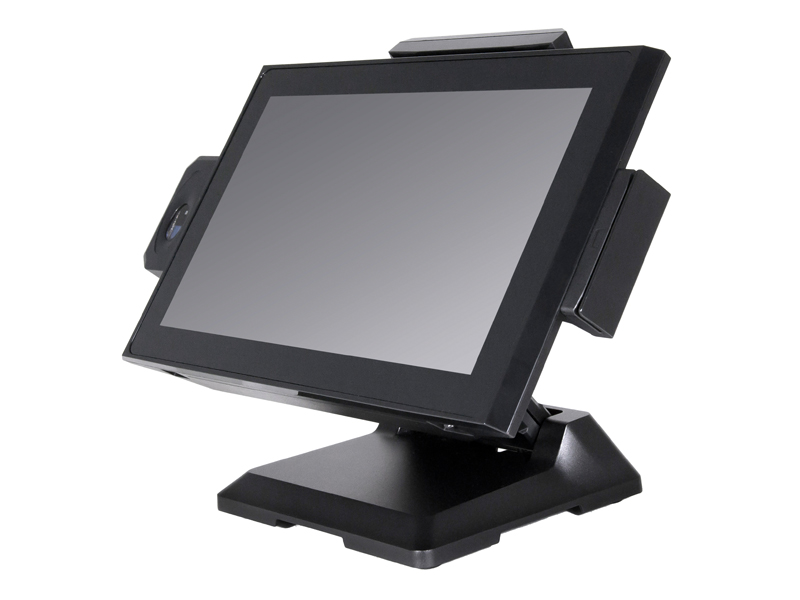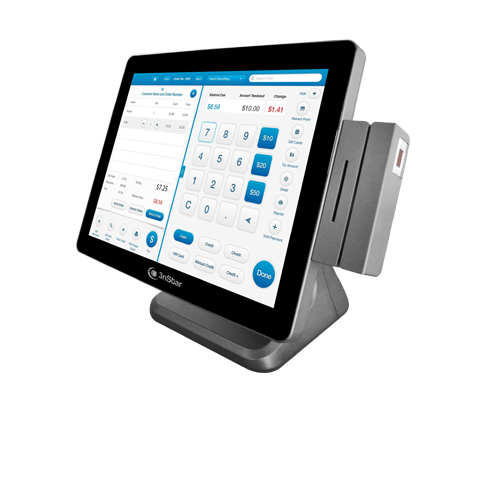Benefits of using Restaurant POS Software tools in modern hospitality
Exactly How POS System Works: A Comprehensive Overview for Entrepreneur

Recognizing the Elements of a POS System

Exactly How Sales Purchases Are Refined
When a client determines to buy, the sales deal starts a series of systematic actions within the POS system. The cashier inputs the products being purchased, which are checked through a barcode reader or manually entered. This activity fetches product details, including rates and relevant taxes, from the system's database.Next, the consumer is provided with the total amount due. The POS system after that processes the payment, whether with money, credit rating card, or mobile repayment approaches (Restaurant POS Software). For digital settlements, the POS securely communicates with repayment processors to accredit and validate the transaction.Once the payment is confirmed, the system generates an invoice, which can be printed or sent digitally. This receipt acts as receipt for the customer. The deal information is videotaped in the system, ensuring precise sales records and financial monitoring for the service.
Stock Management and Monitoring

Efficient inventory monitoring and tracking are essential components of a POS system, as they assure that services maintain excellent supply levels and decrease inconsistencies. A durable POS system enables real-time supply updates, mirroring returns and sales instantly. This allows entrepreneur to keep track of supply levels precisely, ensuring that preferred products are conveniently available while protecting against overstocking of less preferred products.Additionally, advanced POS systems offer attributes such as computerized stock signals and reorder pointers, streamlining the purchase procedure. Barcoding and RFID modern technology boost accuracy in tracking supply activity, minimizing human error. Considerable reporting tools give insights right into supply turnover prices, helping organizations make informed choices regarding acquiring and product offerings. Ultimately, effective supply administration with a POS system not only boosts functional efficiency but additionally enhances client contentment by guaranteeing item schedule.
Analyzing Consumer Data and Insights
Client data analysis functions as a powerful tool for services using a POS system (Restaurant POS Software). By analyzing and gathering transaction information, companies can discover important insights regarding client habits and preferences. This analysis enables them to identify acquiring patterns, peak buying times, and preferred items, thus informing inventory decisions and marketing strategies.Additionally, organizations can segment their customer base, enabling personalized advertising and marketing initiatives that satisfy details demographics or buying practices. Understanding customer commitment patterns likewise aids in creating targeted promos and benefits programs.The data amassed from a POS system can likewise reveal understandings right into client responses, allowing services to make informed choices concerning product offerings and solution enhancements. Inevitably, leveraging client data effectively can improve the overall purchasing experience, foster consumer fulfillment, and drive revenue growth
Benefits of Applying a POS System

Often Asked Concerns
What Types of Organizations Can Gain From a POS System?
Different businesses benefit from a POS system, including retailers, dining establishments, salons, and e-commerce systems. These systems simplify deals, inventory management, and customer information, enhancing functional performance and boosting customer experience across varied sectors.
Just how much Does a POS System Typically Price?
The expense of a POS system normally ranges from a couple of hundred to numerous thousand dollars, depending on attributes, equipment, and software. Organizations must consider recurring charges for upkeep, support, and deal handling when budgeting.
Can I Incorporate a POS System With Existing Software Program?
Incorporating a POS system with existing software is commonly feasible. Numerous systems supply APIs or integrated compatibility attributes, allowing organizations to streamline procedures and enhance functionality by attaching different software program applications effectively.
What Training Is Required for Personnel to Use a POS System?
Educating for staff to use a POS system normally consists of understanding software program capabilities, refining purchases, taking care of stock, and handling customer communications. Practical demos and hands-on session improve efficiency and confidence in operation the system effectively.
What Occurs if the Net Goes Down While Using a POS System?
If the web decreases throughout POS system use, transactions may be disrupted. Several systems use offline capabilities, permitting standard operations to proceed, however complete capability, including real-time inventory updates, will be limited. A Factor of Sale (POS) system is made up of several essential parts that function with each other to promote transactions and manage company operations. Efficient stock monitoring and monitoring are crucial components of a POS system, as they assure that organizations keep perfect stock levels and lessen discrepancies. Consumer information analysis serves as an effective tool for services making use of a browse around this site POS system. Recognizing client commitment patterns likewise assists in developing targeted promos and incentives programs.The information obtained from a POS system can likewise disclose insights into client comments, enabling organizations to make enlightened choices regarding item offerings and service renovations. Implementing a POS system supplies countless advantages that can substantially improve organization procedures.